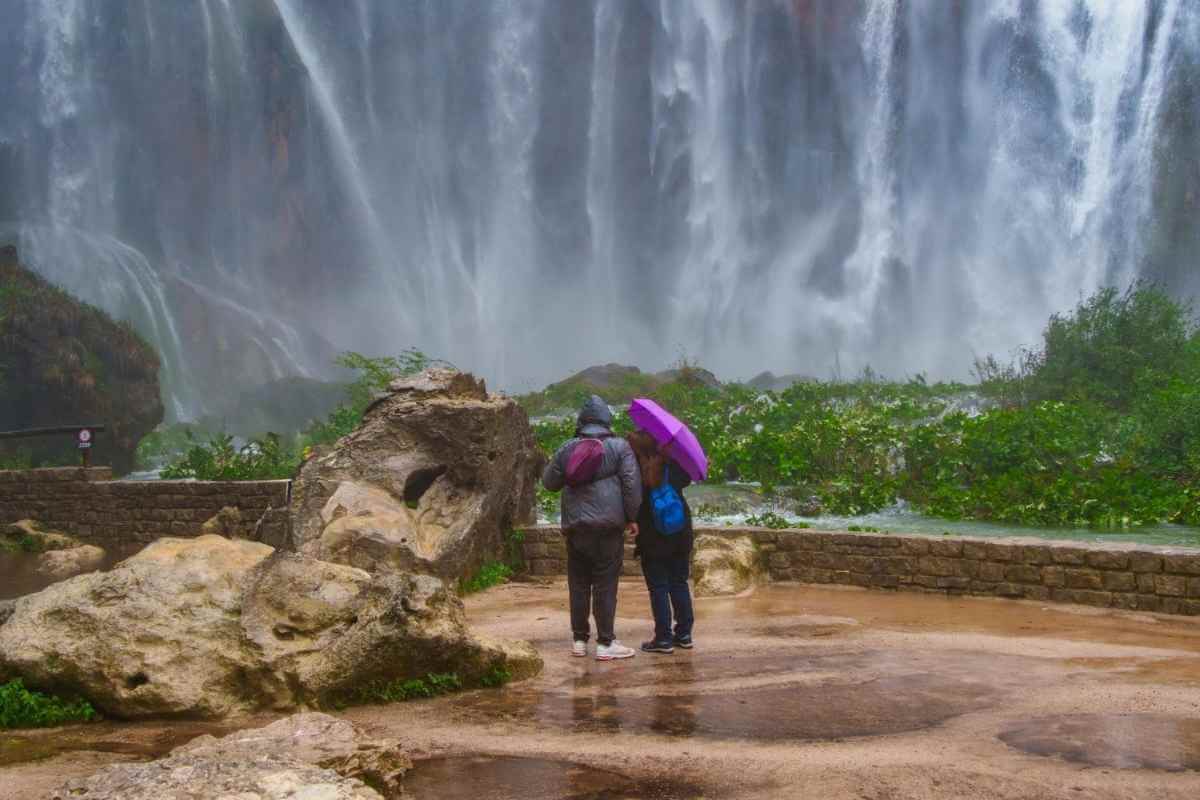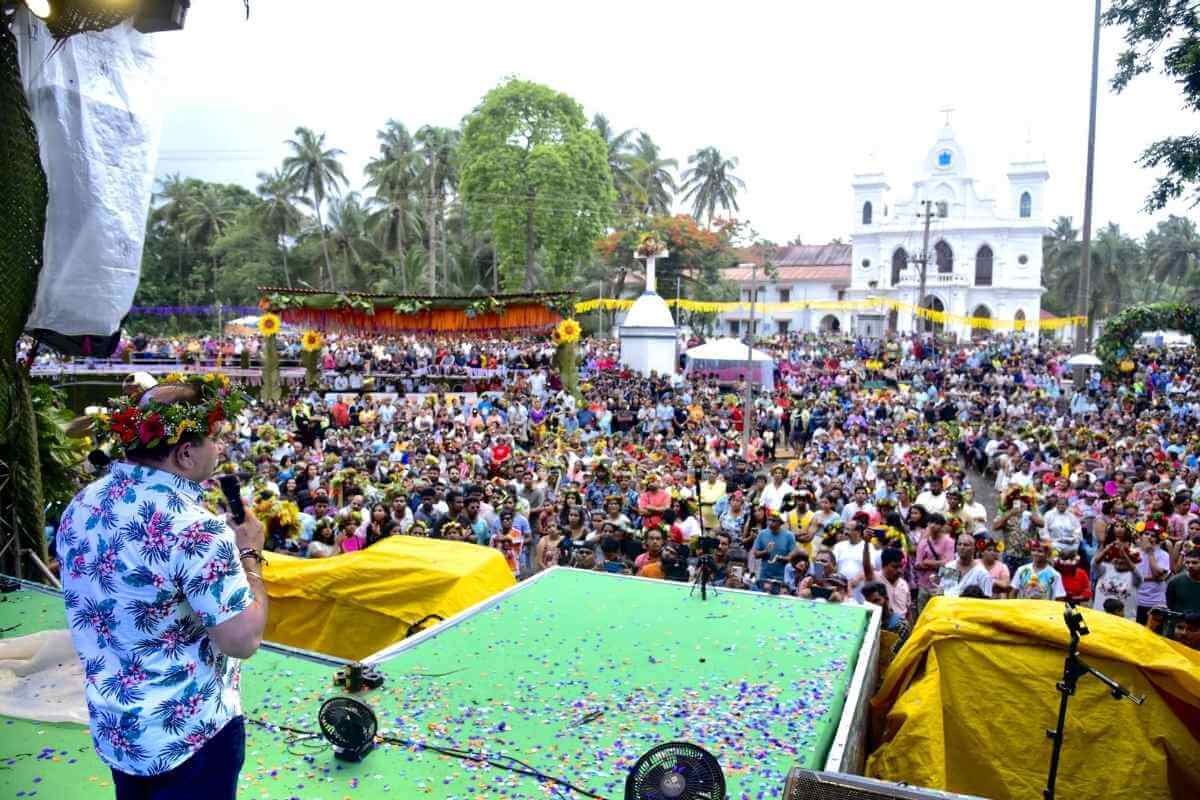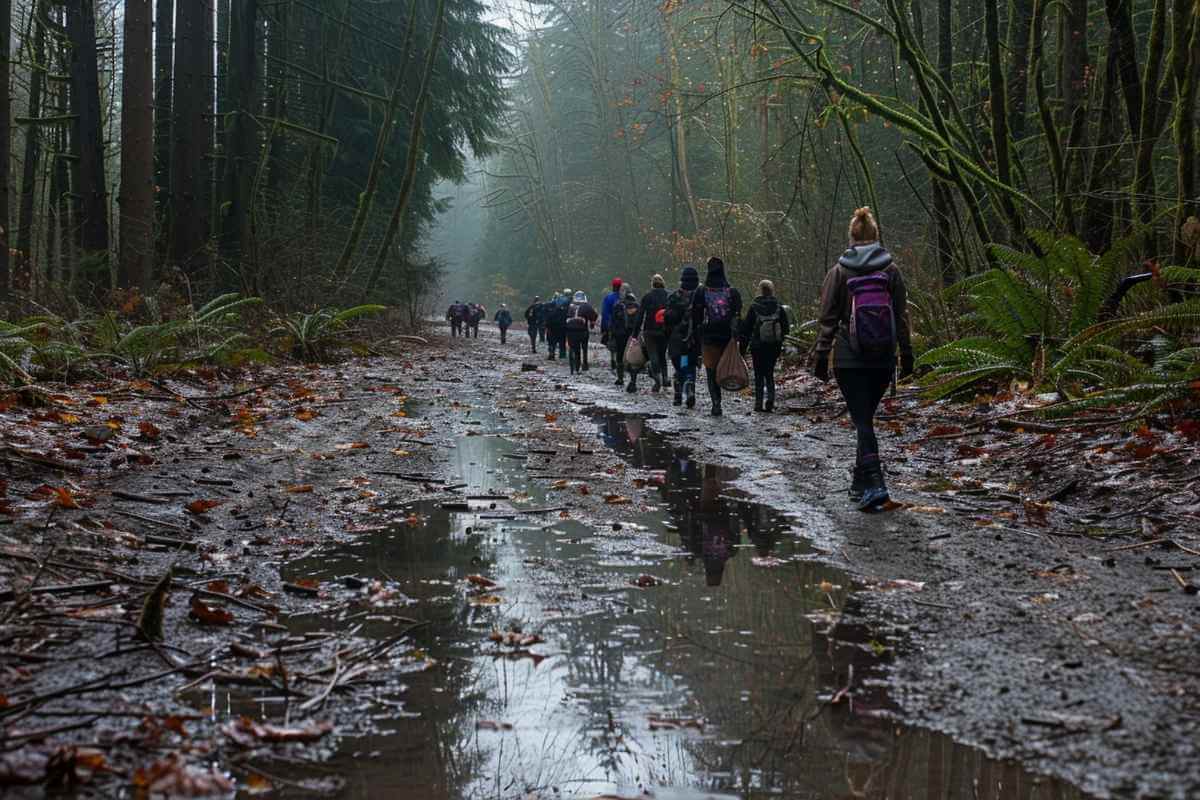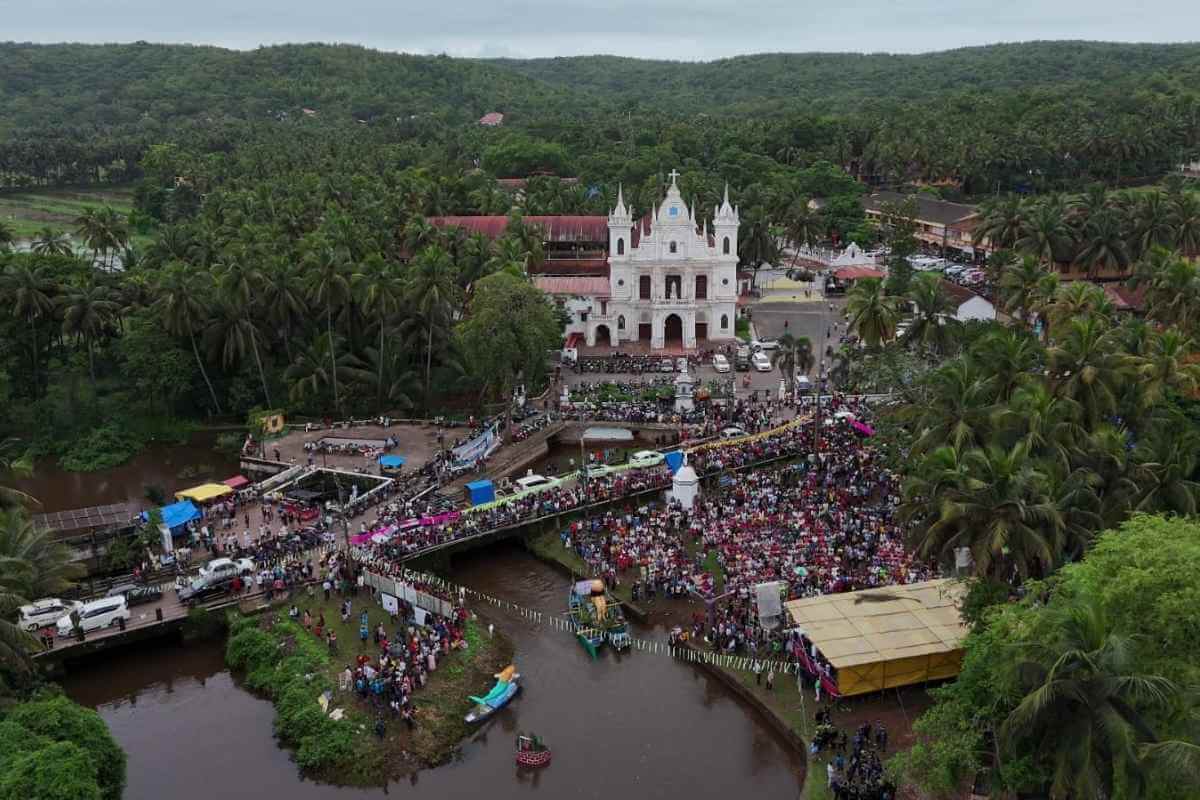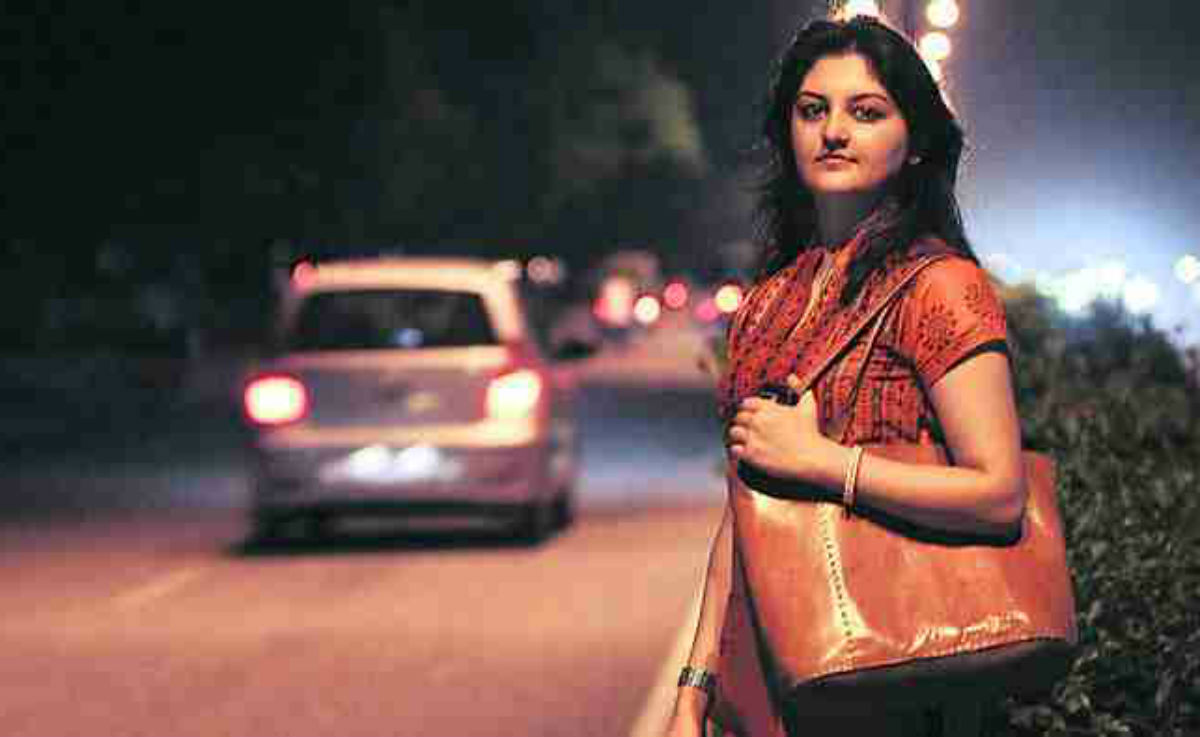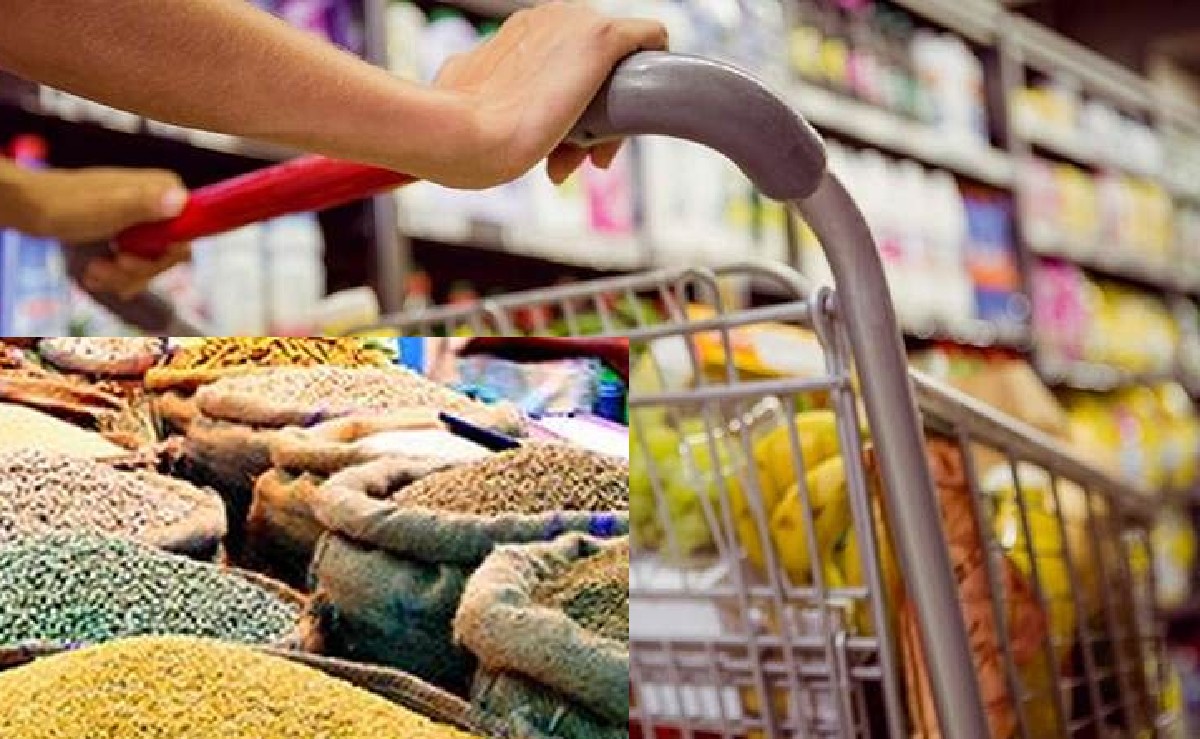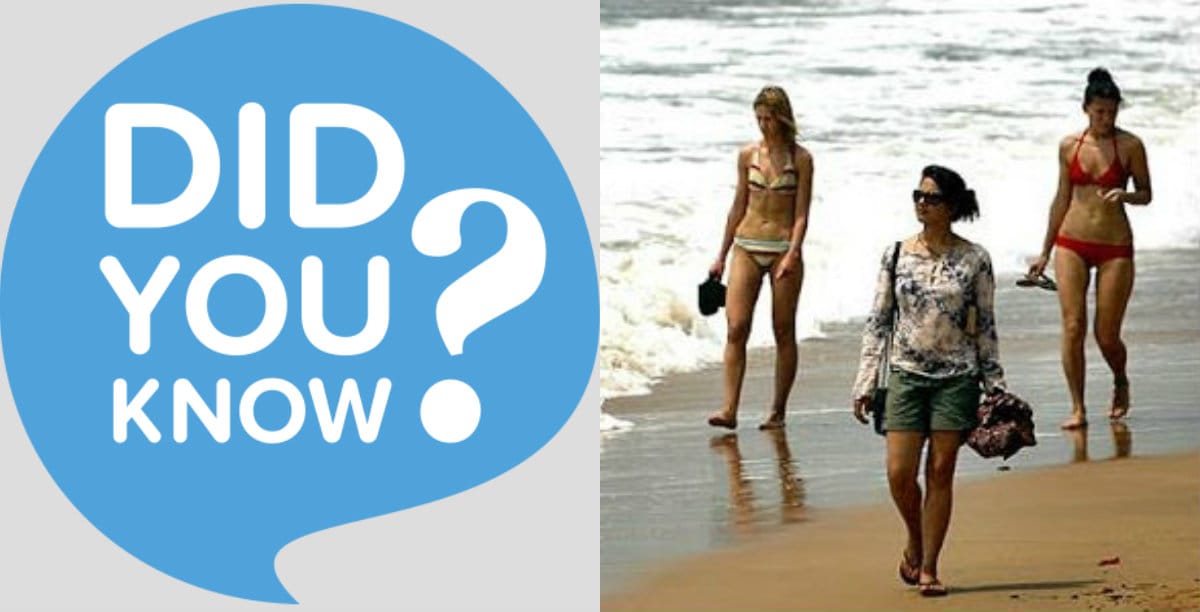With growing number of vehicles on Goan roads, the traffic situation is witnessing a big challenge. In last five years, Goa witnessed a big spike in the registration of new vehicles which had increased manifold. Compared to the last decade there is more four-wheeler on the road than, the two-wheeler. The entry and exit to the city get completely chocked in the mornings and evenings every day.
Traffic congestion in the rush hours is the regular scenario in Goa, especially on the major bridges in Goa. This is one of the major issues faced by the people of the state due to increase in a number of vehicles on roads. Entry and exit into the city are most time-consuming during the rush hours. Mandovi and Zuari bridges get nearly choked for hours together making the movement of vehicles almost stagnant. To overcome this situation, traffic cell of Goa has come up with the unique idea of doing the real time monitoring of the traffic on the major bridges and junctions in Goa during the peak hours. This way they will be in a position to understand the cause of congestion and try to sort out the same.
It is not the entry and exit alone but the scenario in the city itself is also very bad. All the prime roads in the major towns of Goa are getting completely filled with the vehicles in the daytime with hardly any place left for parking. In the capital city, you will witness the double and triple parking on the 18th June Road and M G Road that has the major government offices and shopping arcades.
To get rid of the traffic jam in the city and make the movement of the vehicle smooth the Goa Traffic Police had decided to implement the new traffic plan for the capital city Panaji in the month of August 2015. The CCP (Corporation of the City of Panaji) in association with Goa Traffic Police decided to convert the 19 major roads of the city into one way traffic. The reason behind this implementation was the entry of the huge amount of traffic into the city from rest of the parts of Goa. Panaji being the center of all the major government offices and all the corporate offices, daily around 90 thousand vehicles enter and exit the city. The available parking facilities that can handle only 7700 vehicles out of which 5500 are two wheeler and 2200 four wheeler due to which the parking of vehicles fill the streets resulting in the movement of vehicles at a snail speed. “The idea is to de-congest the city and promote faster movement of vehicular traffic in the city”, said the Traffic Cell, Dy SP Dharmesh Angle.
There is no doubt that Goa is slowly and steadily marching towards the Metro culture and with the new traffic plan into place, Panaji city will soon be converted into perhaps the first Metro city of Goa. According to the sources in CCP, the new traffic plan is part of larger smart city mission plan which will be implemented in a phased manner which may also include the introduction of hop-on-hop-off buses at a later stage.
The first step towards transforming of the Panaji city into Metro is the disciplined traffic and smoother movement of vehicles. CCP has decided to introduce the multi level car parking into the capital city and work in this regards is near completion at the Patto area in Panaji. All will depend on the success of existing plan. Let’s come together and help to make our city into the true smart city. We will try our best to display the image of new road map as a ready reckoner for you to assist while moving in the city with your own vehicle.
Goa traffic police are trying to work out different strategies across the state of Goa to deal with the demanding traffic conditions. One of the unique ideas that Goa Police had decided to start is the ‘Real Time Monitoring System’ of traffic in all the major junctions in Goa. “We have taken the new initiatives by implementing the available technology,” said the Superintendent of Police, Suman Goyal from traffic cell. She also divulged that they have already set up a small traffic control room at the traffic headquarters at Altinho Goa to monitor the real-time movement of the vehicles on all important routes in Goa.

The implementation of the new monitoring system has been decided to put into the action on both the major bridges Mandovi and Zuari that are connecting North Goa to South Goa. In north Goa, the important junctions that are coming under the real time monitoring are Miramar, Dona Paula, Malim, and Merces. According to the sources, under this new traffic system cameras are used to keep watch on the traffic movements. “As and when the blockades gets discovered the immediate alerts are flashed to the concerned police officers on the field and remedial measures have been taken in the least possible time,” said the sources in the traffic cell. This system was first implemented in the month of January 2016 for the period of one month and it had helped into the traffic regulations during the peak hours.
The more surprising fact that came into the light during this time was the implementation of the social media platform. This is perhaps the first time in India where Goa Police has activated the Facebook page which they keep updating on the regular basis. It helped a lot of people to get the instant updates on the prevailing traffic situation in the particular locations of Goa.
The present traffic situation that is prevailing in the small state of Goa is due to distorting public transport system in the state. Kadamba is the lone government run public transport facility that is presently available in the state. But it is not enough to suffice the existing demand. For the growing industrialization and population of Goa the available infrastructure is insufficient. Every house in Goa has minimum 1 four wheeler and multiple two wheelers. The only source of communing in Goa from one place to another is the own conveyance.
There are private buses that ply in the state routes on the regular basis but the frequency and condition of the same are not up to the mark. The buses run in the longer intervals and most of the times they are overloaded causing inconvenience to the female passengers and senior citizens. Most of the working class people prefer to have their own conveyance to avoid the delay in reaching to their workplaces. The city bus services are in more deteriorated conditions in the state. This is one of the reasons that led to increasing in private vehicles on the roads of Goa.
The second factor that led to encouraging the traffic scenario in Goa is the existence of high capita income in the state. According to one survey, Goa is having the highest per capita income state in the country. People are richer in the state and that amounted to increase in two and four wheelers in Goa purchases on a regular basis. Every collage and high school student in Goa possesses at least one two or four wheeler. With this kind of ratio, one can only imagine the amount of traffic that could fill up the underdeveloped roads in Goa.
The next factor leading to traffic congestion and jams is the underdeveloped infrastructure in the state. The state does not have broad roads to handle the increasing vehicular traffic. The twin bridges are not sufficient to handle the huge traffic that intersects Goa from north to south. Zuari Bridge is in deteriorated condition which is not capable of taking the load of heavy vehicles and hence the loaded vehicles have been routed through Ponda via Borim Bridge which partially reduces the traffic load on Zuari.
The news published in the local daily ‘OHeraldO’ in 2014 has similar views on the existing disrupted traffic system in Goa. According to them, the extremely poor traffic management came to the fore during the last week of 2014. I fully empathize with the hardships the Traffic Police have to undergo by standing long hours to direct the traffic at certain points. This problem could have been partly solved had the traffic lights been installed. Surely many corporate would have come forward for the purpose. But Goa is famous for throwing them out of order and being unable to repair them for months, until they are discarded. The Police also just refuse to take rounds on a motorcycle to ensure discipline on the roads and thus avoid traffic jams.
However, it is not the Police alone that are responsible for the mess, but also the babus, such as the Collector and PWD Engineers, who refuse to take steps in placing dividers, where they are most needed. One can never have a good word for the Traffic Police until they control, with an iron hand, the traffic on our roads and drastically reduce accidents and the loss of so many precious lives. But I must say that the Traffic Police in Margao did a fairly good job during some days of the Christmas season by placing cones, serving as dividers, and by closing the F.L. Gomes Road (Old Station road) for the four wheelers. This step needs to be taken further in future by pedestrian zing the entire market area for 2/3 days. In contrast, at Agassaim, the chaos was unprecedented.
The Police proved ineffective in controlling the racing of vehicles on every side , form three and even four lanes in one direction. It was free for all, as is happening almost everywhere. One would have expected this Government to de-congest our roads by improving the inter-city bus transport, which would have also helped in saving precious fuel. The Government did another ”vapasi” of VAT on petrol, going back on its manifesto and creating another hole on our pockets. The BJP stalwarts in Margao have so far only been critical of Digambar’s performance in Margao and have failed in getting Parrikar’s promises fulfilled as far as Margao’s traffic and parking problems are concerned. While discussing Goa’s carrying capacity, Parrikar had acknowledged that Goa is saturated. The Government and the citizens need to put their heads together to avoid road rage and a complete collapse of traffic administration and it is therefore imperative that the Traffic Police and the new IGP take the initiative in this regard, before the situation becomes uncontrollable.

The traffic scenario is here to stay and with the due course of time, it will only get more deteriorated. It is not that government does not understand the present situation of traffic congestion in the state but the development is also hampered by various factors which are initiated by the ruling government. The road widening in the coastal belts of Goa is remaining stagnant due to lack of funds. The government treasury is empty due to mining ban. Tourism in the state is also sinking by the day which led to the further draining of the state treasury.
In the year 2010 when Goa was ruled by the Indian National Congress and the government was headed by Digamber Kamat, the traffic situation started worsening since then. According to the news published by The Hindu newspaper, it was stated that “The Central Road Research Institute (CRRI), New Delhi, will study the traffic scenario in Goa and submit its report to the Government in 15 months. The State Government has entrusted CRRI with the project to come up with short- and long-term plans to tackle the State’s traffic woes. A sum of Rs. 30 lakh out of Rs. 60 lakh agreed for the project has been paid to the CRRI. A high ratio of deaths on the road, over 300 every year is very big for a State like Goa with a population less than 1.4 million. Traffic congestion, a high number of private vehicles and bad public transport service have been major concerns for the coastal State.” Although after this hardly any development took place except maybe in the papers.
The total numbers of vehicles running on the roads of Goa in 2005 were around 5 lakh which doubled in just 10 years time. According to the report published by the local daily The Navhind Times, “the state’s transport department, the motor vehicle population during 2006-07 was 5,78,771, whereas till March 2015 the figure has touched 10, 83,678 of which 70 per cent vehicles comprise of two-wheelers.” According to them, “The increase in number of motorcycles/scooters on the state’s roads, every year, is breathtaking. By 2013-14, the number of two wheeler increased to 7,12,177 and as of March 2015, the number of two wheeler hitting the roads in Goa shot up to 7,66,576, recording an average annual growth rate of 7 per cent. Simultaneously, with the increase in the number of two wheelers, road accidents involving such vehicles have also been on the rise. As the number of two wheeler increased from 7.12 lakh to 7.66 lakh, the number of accidents involving such vehicles increased four times from 4,520 in 2012 to 17,870 in 2013.”
Looking at the above facts and figures, the infrastructure did not start building up, to support the increase in vehicles till 2013 end. Meanwhile the vehicle numbers kept going up every year. According to the report published by NT, in its 27th April 2015 edition it claimed that “Every month, 6,000 new vehicles hit Goa’s already congested roads. The unbridled increase in motor vehicle population of Goa against only a nominal increase in road length has been causing serious concern regarding road safety in the state. According to reports of a research wing attached to the Ministry of Road Transport, the total surfaced road length in the state till 2011 is 10,627 km and the motor vehicle population has increased by 87 per cent in the last seven years.”

The government alone should not be held responsible for the entire issue as large number of population is not well educated about the traffic rules. It does not matter as from which background they all come from, if they park their vehicles in the middle of road causing nuisance to others means, they are not educated about the traffic rules. Proper traffic education is a must for all. The state government, besides creating the infrastructure in the state, should also start educating the qualified uneducated people of Goa who keep breaking the traffic rules on the regular basis. It is not the hidden fact anymore, if you browse through the social network, you will find many images posted on it about traffic irregularities in the city. Lot of People Park their vehicles right on the footpaths, many of them keep vehicles parked in the middle of road creating the traffic blocks all around the city. Some are caught by the traffic police with full vigour while at some cases they prefer to keep their eyes and ears closed.
According to me, until and unless these problems are not tackled seriously, no change will come in the existing traffic scenario. There is no point in creating the smart city with less smart people dwelling into it. Besides the law breaking people, even the ‘100 rupees wala’ traffic police who believe in pocketing those 100 rupees in many cases also need to be educated. They need to be trained well so that people also have some fear of the system. Developed metro cities like Mumbai manages 100 times more traffic, not just with its infrastructure, but the efficiency of the traffic police who makes sure that traffic goes smoothly throughout the day. People also follow the traffic rules religiously there. The conversion of Panaji and such other cities in Goa into Smart City will have to face all these consequences in near future. If we start today at least in the year’s time we will be in a position to educate some people.
The traffic department in association with inhabitants of Goa needs to work out the plan whereby some of the responsible people of its respective cities take up the task to educate the regular offenders regardless of what social status that offender enjoys. The regular awareness through the means of publicity and campaigning will help the traffic department to take care of the bigger situation which is about to come soon.



